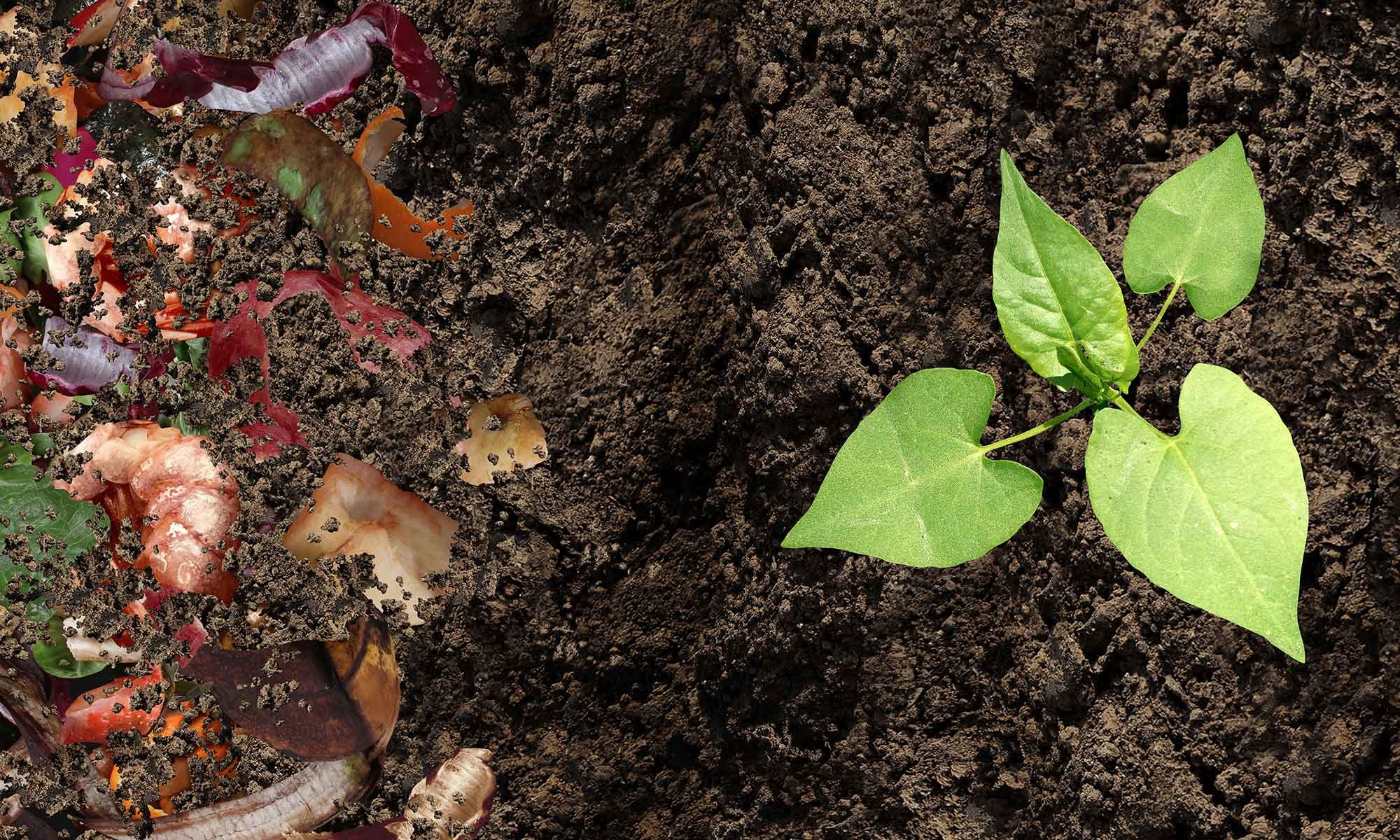
The more environmentally conscious people are in today's society, the safer our environment becomes. Our HuaWei company is currently creatively making all of its products biodegradable and compostable to reduce the pollution and damage caused by treatment methods to the environment. Governments in different countries around the world are currently implementing laws requiring manufacturers to display the materials used in their products. This is to make every consumer aware of the product they want to purchase and what it is made of.
Plants produce resins. The resins act as a form of defense and protection against insects and pathogens. Resin is a mixture of organic compounds because it is organic (it is gotten naturally from plants). When harvested by man, it is a solid or highly viscous substance that can be easily converted into polymers.
Resin forms one of the primary materials used to produce many items that we find useful at home. With the abundance of resin around us, is it safe to say resins are biodegradable and compostable?
Resin is only biodegradable if it is produced from organic materials. Resins like eco-resin, silicone resin, and epoxy resin are biodegradable. And resins like polyester/fiberglass resin, polyurethane resin, and thermoset resins are not biodegradable.
The topic of environmental protection has always been hot. Do you know any biodegradable materials that can replace plastic?
Biodegradable and Non-biodegradable are types of waste materials (or substances) that are categorized on the basis of their degradation. All the material tends to degrade in the natural surrounding. Some are easily degradable and some take thousands of years to degrade.

Degradable materials refer to materials that can be completely decomposed into elements such as carbon dioxide and water under natural environmental conditions such as sunlight, temperature, water, compounds, fungi, bacteria, insects, and mechanical forces over a period of time.
Currently, there are three common types of environmentally friendly degradable materials on the market.
Biodegradable materials are substances that can be decomposed or broken down by microorganisms and other living organisms. Biodegradables generally include organic wastes like leftover foodstuffs, kitchen waste like fruits and vegetable peels, etc.
1、 Polylactic acid
Polylactic acid (PLA), also known as polylactide, is chemically synthesized using lactic acid, a product of microbial fermentation, as a monomer. After use, it can automatically degrade without polluting the environment.
2、 Starch plastic and CaCo3 Plastic
Starch plastic refers to the addition of a certain amount of corn starch, cassava powder, wood powder, bamboo powder, etc. to plastics such as PP, in order to achieve the goal of environmental protection and biodegradability. Starch plastics containing over 90% starch can also be completely degraded by adding other components.
Calcium Carbonate is a white,and is the main component of limestone, marble, and other materials. Calcium carbonate is usually a white crystal, odorless, basically insoluble in water, and easily reacts with acids to release carbon dioxide. powder-type filler that may be added to epoxy or polyester resins to reduce costs, reduce shrinkage, increase viscosity, and/or improve physical properties.
3、 Photodegradable plastic
Photodegradable plastics refer to plastics that can undergo degradation under the action of light, obtained through chemical synthesis or the addition of photosensitizers.
However, Non-Biodegradable materials are substances that cannot be decomposed or broken down by microorganisms and other living organisms rather leading to pollution. Non-Biodegradables are generally inorganic wastes like plastic bags, cans, bottles, chemicals, etc.
Non-biodegradable materials are often synthetic products like plastic, glass and batteries. Because they don't break down easily, if not disposed of properly, non-biodegradable waste can cause pollution, block drains and harm animals.
What are the advantages of degradable plastic products:

1. Environmental protection: Degradable plastics can naturally degrade in a short period of time and will not remain in the natural environment for a long time like traditional plastics, reducing pollution and damage to the environment.
2. Resource saving: Degradable plastics are usually made from renewable resources such as starch and cellulose, which can reduce dependence on limited petrochemical resources compared to traditional petrochemical plastics.
3. Promoting sustainable development: Biodegradable plastics can promote sustainable development, in line with the development concept of "reducing pollution, protecting the environment, and saving resources", and also in line with the sustainable development goals of "green, low-carbon, and recycling".
4. Wide application range: Biodegradable plastic can be made into various products, such as disposable tableware, shopping bags, packaging materials, etc. It has a wide application range and can meet people's daily needs.
